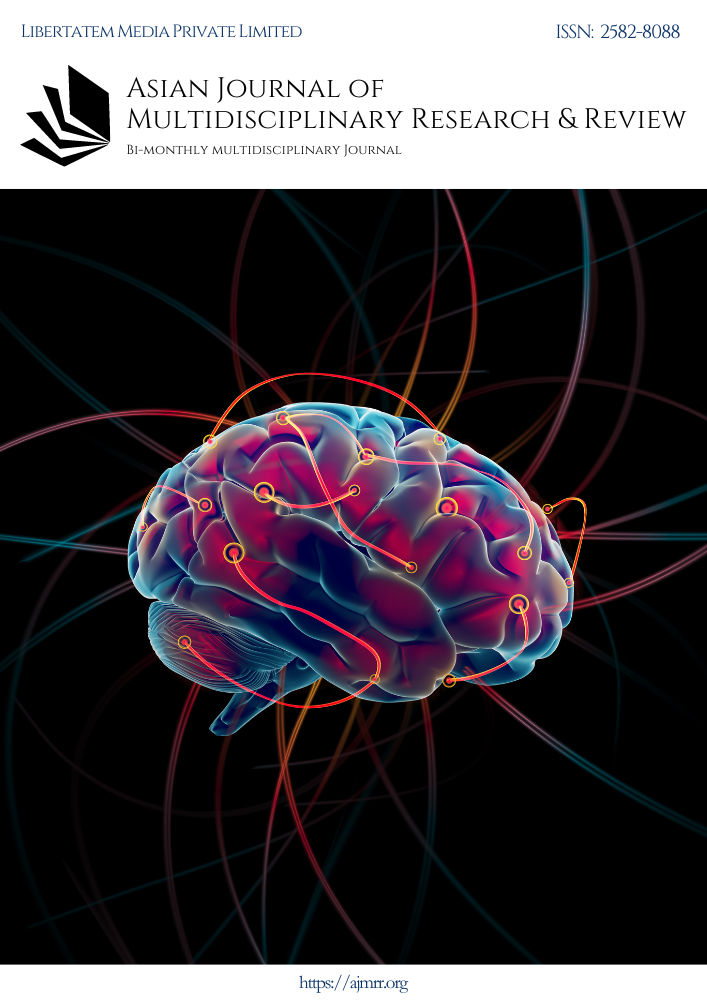GENDER PERFORMANCE IN HIJRAS: PARADOXICAL IDENTITY OF INDIAN TRANSGENDERS IN THE BOOK BY A. REVATHI “THE TRUTH ABOUT ME: A HIJRA LIFE STORY”
Keywords:
gender, HijrasAbstract
The sexuality of a person is often associated to gender and both these varying identities are expected to be synonymous. If one is born with a male reproductive organ, the individual is expected to talk, walk and live like a “man”, whatever the definition of a man society has predetermined. If one is born with a female reproductive organ, the individual is to meet the feminine standards set out by the social and cultural institutions. Any deviance from the male/female binary is perceived with skepticism on the one hand and scorn/contempt on the other. The need to establish identities that lay in between the man/woman spectrum is necessary to acknowledge and accept such lives. Hijras are a community that still remain a puzzle to the majority, with their sexuality and gender performances not meeting the established dichotomy of sex and gender. This paper attempts to draw out the paradoxical identity of the hijra community through A.Revathi’s autobiography The truth About Me : A Hijra Life Story. The paper aims to throw light on sexuality and gender identifications of hijras by analyzing how appearance and gendered performances are significant to hijars in establishing their identities.
Downloads
Downloads
Published
Issue
Section
License

This work is licensed under a Creative Commons Attribution-NonCommercial-ShareAlike 4.0 International License.
License Terms
Ownership and Licensing:
Authors of research papers submitted to the Asian Journal of Multidisciplinary Research & Review (AJMRR) retain the copyright of their work while granting the journal certain rights. Authors maintain ownership of the copyright and grant the journal a right of first publication. Simultaneously, authors agree to license their research papers under the Creative Commons Attribution-ShareAlike 4.0 International (CC BY-SA 4.0) License.
License Permissions:
Under the CC BY-SA 4.0 License, others are permitted to share and adapt the work, even for commercial purposes, as long as proper attribution is given to the authors and acknowledgment is made of the initial publication in the Asian Journal of Multidisciplinary Research & Review. This license allows for the broad dissemination and utilization of research papers.
Additional Distribution Arrangements:
Authors are free to enter into separate contractual arrangements for the non-exclusive distribution of the journal's published version of the work (e.g., posting it to institutional repositories or publishing it in books), provided they acknowledge the initial publication of the work in the Asian Journal of Multidisciplinary Research & Review.
Online Posting:
Authors are encouraged to share their work online (e.g., in institutional repositories or on personal websites) both prior to and during the submission process to the journal. This practice can lead to productive exchanges and greater citation of published work.
Responsibility and Liability:
Authors are responsible for ensuring that their research papers do not infringe upon the copyright, privacy, or other rights of any third party. The Asian Journal of Multidisciplinary Research & Review disclaims any liability or responsibility for any copyright infringement or violation of third-party rights in the research papers.



